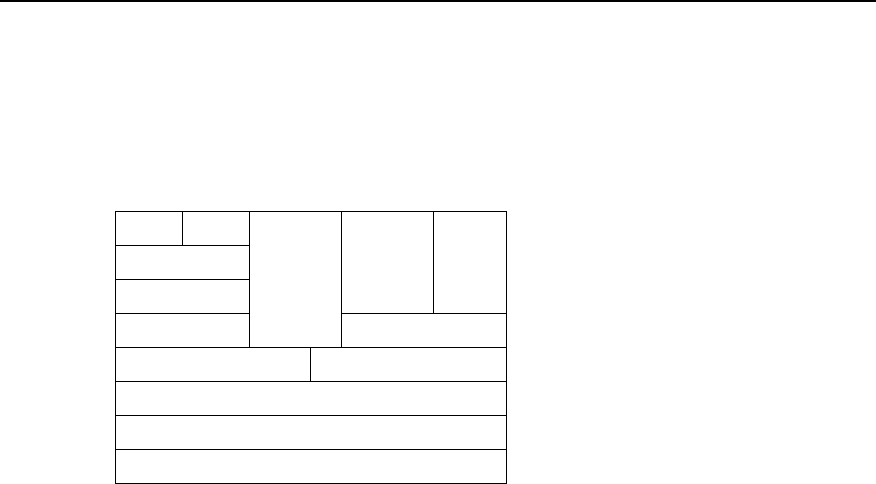
User Manual - Configuration Guide (Volume 3)
Versatile Routing Platform
Chapter 1
VoIP Configuration
1-3
feedback, the application system can adapt to different network environment. The
feedback on the quality of transmission is also helpful for the fault location and
diagnosis.
H.323 Protocol stack
Physical Layer
Link Layer
Network Layer
TCP UDP
T.123 RTP, RTCP
T.124, T.125
T.324
T.126 T.127
H.245
H.225.0
RAS
G.711
G.729
G.723.1
G.723.A
H.261
H.263
Data Signaling Audio Video
Figure VC-1-3 H.323 protocol stack
III. A typical telephone call processing by VoIP
Before configuring the voice function for router, please firstly learn the relevant flow of
the Application Program Layer for the smooth configuration.
1) User picks up the hook and the voice interface board detects the action. Then the
board transmits this signal to the VoIP signal processing part over the router.
2) The VoIP Session Application Program plays the dialing tone and waits for the
user to dial.
3) The user begins to dial, and the VoIP session application program collects and
stores the dialed number.
4) After collecting enough number to match a configured destination mode, the
number will be mapped to an IP host through a dial plan mapper. The IP host
directly connects with the target telephone or the PBX. If the PBX is connected,
PBX will accomplish the remaining part of the call.
5) The VoIP session application program uses the H.323 protocol to transmit and
receive voice data channel for the connection in each direction over the IP network.
If the PBX is to processes a call, it will forward the call to the destination telephone.
6) The agreed codec mode is enabled at both ends of connection, which uses the
RTP/UDP/IP as protocol stack to continue the session.
7) Once the end-to-end RTP voice channel is established, the prompt signals of all
the calling procedures and the signals that can be transmitted in the band are
transported through this channel over the IP network. RTCP packet is used to
transmit such information as the transmission quality of voice data in the calling
session.
8) When one calling party is on-hook, the session ends, and both ends resume the
idle state and wait for a new call establishment triggered by the next off-hook.
1.1.2 IP Voice Implementation over VRP
The router serves as voice gateway to provide voice functions, which makes data
conversion from the circuit-switching network to the packet-switching network. During
the conversion, you need to convert the phone numbers to the IP addresses that the


















